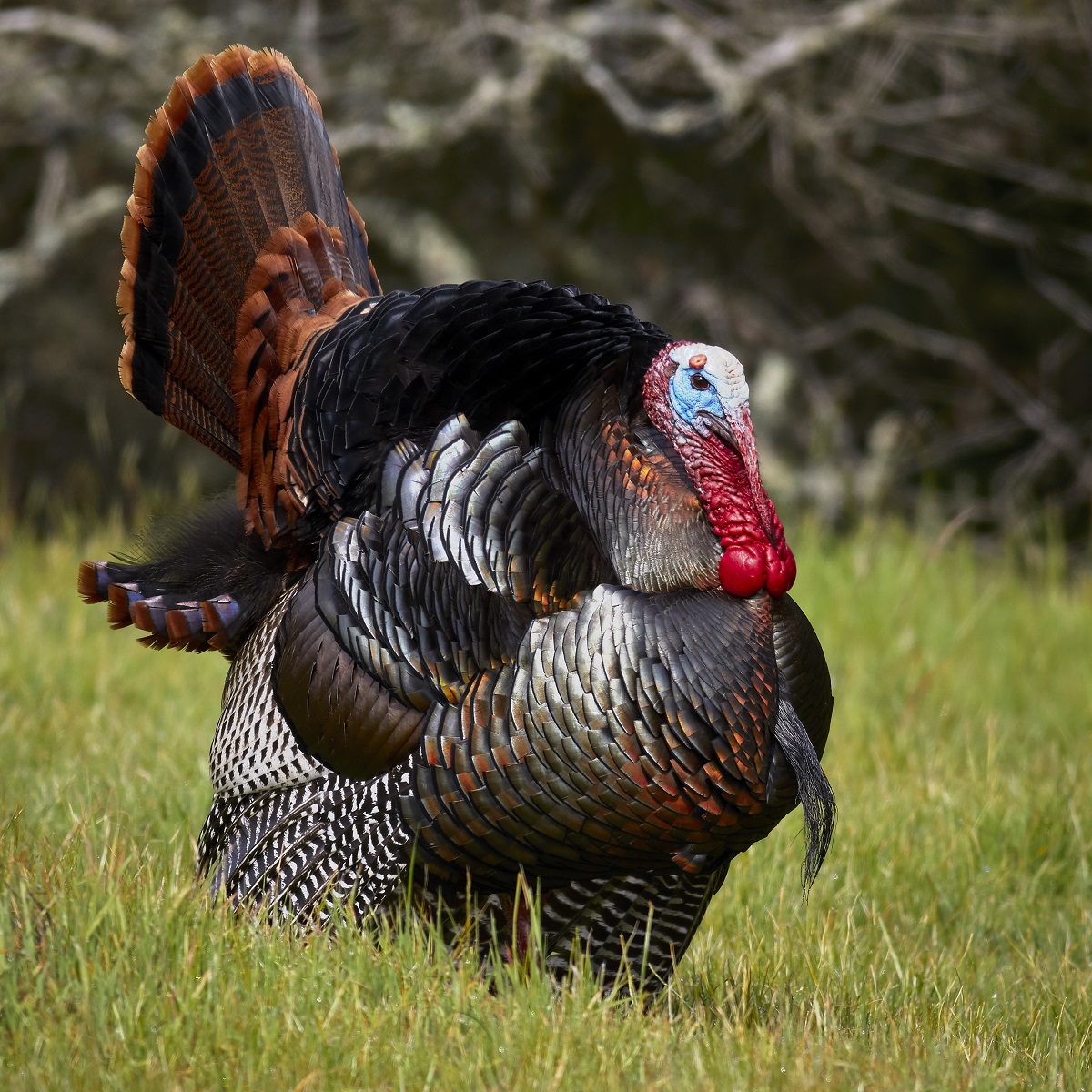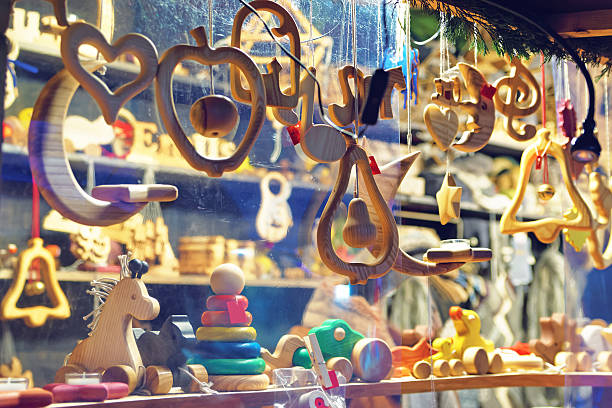Women’s Pro Baseball returns to Illinois in 2026
- Details

Exciting news for baseball fans in Illinois and across the country! The Women’s Professional Baseball League plans to play its inaugural season in Springfield. Four teams from major cities across the U.S. – New York, San Francisco, Los Angeles and Boston – will be playing their 2026 season at Springfield’s very own Robin Roberts Stadium.
Illinois has played a central role in women’s baseball since the sport’s earliest days. Springfield’s connection goes back 150 years. In 1875, two women’s baseball clubs, the Blondes and the Brunettes, played a ticketed game, becoming one of the first women’s baseball events to have paying customers where players were paid.
The popularity of women’s baseball peaked in the 1940s and 1950s when Phillip Wrigley, an executive of the Chicago Cubs, created the most famous pro women’s baseball league in 1943 – the All-American Girls Professional Baseball League. Springfield was home to the Sallies, one of the professional teams that was part of the league. Other Illinois cities, including Rockford, Chicago and Peoria had their own professional teams as well. Indiana, Michigan and Wisconsin had multiple professional teams as well. However, despite the league’s popularity, it shut down in 1954.
Now after a 70-year gap, women’s pro baseball returns making an extremely anticipated debut. The Women’s Professional Baseball League is stepping in to offer players a professional platform, televised competition and a new generation of role models for girls who dream of playing baseball at the highest level.
Springfield hosting the league’s first season is a continuation of the story Illinois helped start over a century ago. Stay up-to-date on the WPBL by visiting their website. WPBL games will start in August 2026 with the season running through September.
Lincoln’s first turkey pardoning
- Details

Did you know Abraham Lincoln was the first president in U.S. history to pardon a turkey? The first instance of a president pardoning a turkey dates back to the Civil War.
As the story goes, Lincoln’s son, Tad, had become fond of a turkey named Jack. When presented with Jack for the family feast on Christmas, Tad adopted the bird as a pet. He exclaimed that he could not bear to see the animal killed – so President Lincoln submitted to his son’s request, created a reprieve for the turkey in writing, and gave it to Tad.
Thanksgiving itself was created by Abraham Lincoln in a proclamation following the Battle of Gettysburg. Lincoln’s message of observance of Thanksgiving was to both north and south, commending, “-all those who have become widows, orphans, mourners or sufferers in the lamentable civil strife in which we are unavoidably engaged-“.
The first documented photo-op with the turkey happened in 1947 during the Truman administration, though there is no documented evidence of Truman pardoning a turkey. President John F. Kennedy informally pardoned a turkey in the Rose Garden in 1963. Ronald Reagan was the first president to use term pardon when sparing the turkey, meant as a joke. The modern turkey pardon as an annual tradition began in 1989 when George H.W. Bush pardoned a turkey and sent him to a children’s farm.
Thanksgiving is a time when Illinois families get together to give thanks and share a meal after a long year of hard work. Happy Thanksgiving!
Artists of the Month – Gary Sinise, Jeff Perry, and Terry Kinney
- Details

Gary Sinise, Jeff Perry, and Terry Kinney are three prominent figures whose careers have left a significant mark on both the entertainment industry and the state of Illinois. Each of these actors has not only achieved success in their respective fields but has also maintained a deep connection to their roots in the state.
Gary Sinise, best known for his portrayal of Lieutenant Dan Taylor in Forrest Gump, was born in Blue Island, Illinois, and has long been a proud advocate for the state. Beyond his film career, Sinise is known for his charitable work, particularly through the Gary Sinise Foundation, which supports veterans and first responders. His contributions to Illinois' cultural and social landscape are significant, and his work to give back has earned him widespread respect.
Jeff Perry, an actor with deep Chicago ties, co-founded the renowned Steppenwolf Theatre Companyalongside Sinise and Kinney in 1974. The company quickly became a national theater powerhouse, known for its bold, character-driven productions. Perry’s role in Scandal as the scheming Mellie Grant's father brought him fame on television, but his Chicago theater work remains his greatest legacy. He continues to support the vibrant arts community in Illinois, where his roots run deep.
Terry Kinney, another founding member of Steppenwolf, is often regarded as a pioneer in American theater. His work as both an actor and director has had a lasting impact, and his collaborations with Sinise and Perry continue to shape the cultural fabric of Illinois. Kinney has also worked extensively in television, including notable roles in Oz and The Mindy Project, but his theatrical contributions remain foundational to Illinois' reputation as a hub for cutting-edge theater.
Together, these three men have shaped the arts in Illinois, cementing their places in both the state's cultural history and the broader landscape of American theater and film.
Springfield Holiday Extravaganza!
- Details

Are you looking for gifts, stocking stuffers or maybe just a little holiday cheer? Look no further than the Holiday Extravaganza in Springfield!
The Holiday Extravaganza is a holiday craft show with over 170 vendors! The show will include jewelry, woodcrafts and many different vendors selling their elegant art. The show also features live entertainment from several local music groups like Springfield Dance, Central Illinois Irish Dancers, Radiate Dance Company, and more! For those looking for a sweet treat, there will be a cake walk that features baked goods, comic books and gift cards from local businesses. There will even be visits with Santa for kids from 1-4 p.m.! Plenty of concessions and food will be available if you get hungry!



